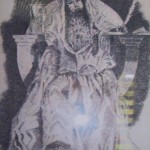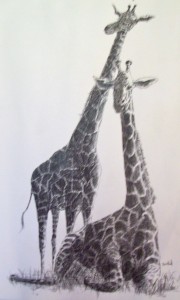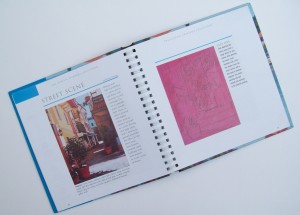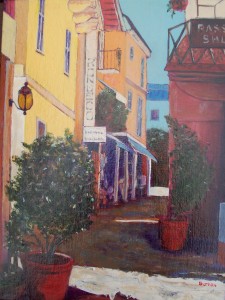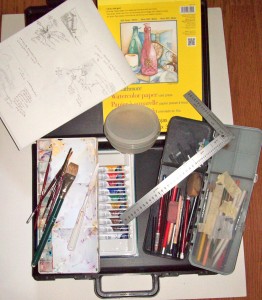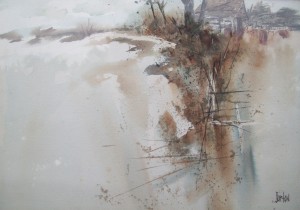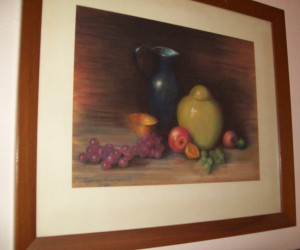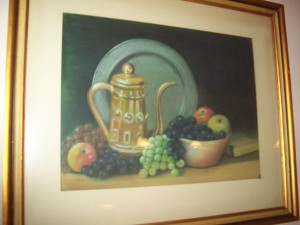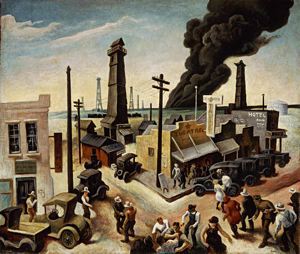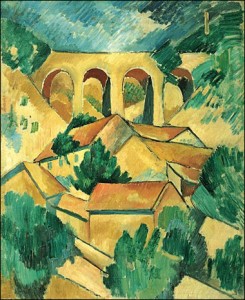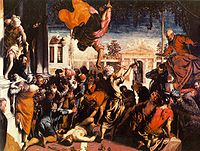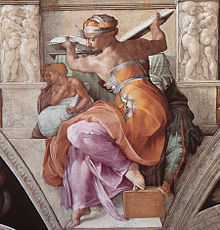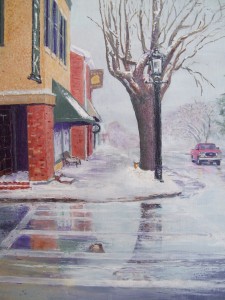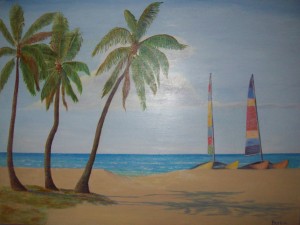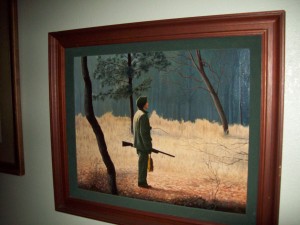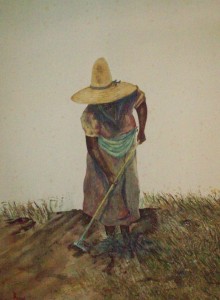BLOG POST MONDAY~ We gave you Tips to Captivate The Viewer’s Attention to Your Artwork, and we wrote: Directing your viewers to your center of interest–your focal point–requires an understanding to exactly what makes your viewers eyes move around the painting or drawing and always wind up at the (shall I say) bullseye.
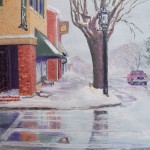
If you would like to read more about this which goes into much more detail please click on the thumbnail photo to the right and it will take you to the blog posted >>>
BLOG POST TUESDAY~We took a brief art history lesson highlighting Thomas Hart Benton and some artists that influenced him in article titled: Learn to do Your Art by Studying Other Artist’s Works. We wrote: of course, all artists learn from other artists, great or small. Their influence and style usually will remain as they become their own artist. Below are just a few of the artists that inspired Thomas Hart Benton.
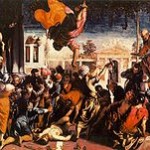
If you would like to read more about this which goes into much more detail please click on the thumbnail photo to the right and it will take you to the blog posted >>>
BLOG POSTED WEDNESDAY~ Painting and Drawing With a Rich and Vibrant Medium. We wrote: if you enjoy working with colors, there is a chance that you will love working with pastels. They are easy to use, and you don’t have to worry about drying times, odors, or toxicity, as you might with other mediums.
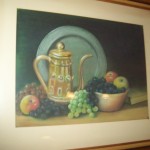
If you would like to read more about this which goes into much more detail please click on the thumbnail photo to the right and it will take you to the blog posted >>>
BLOG POSTED THURSDAY~ Tips For Sketching With Pencil and Watercolor. We wrote: sketches, whether with pencil (graphite or colored) or watercolor, are plans of attack for a painting. Many wannabe artists have told me they just don’t have the time to dedicate to sketching. Sadly when they do have the time they want to jump in and start painting. They usually feel disappointed with their artwork because it doesn’t turn out to be what they first imagined.
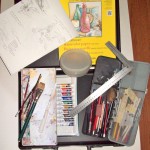
For more information please click on photo >>>>>>
BLOG POSTED FRIDAY~Painting and Drawing The Effects of Pespective.
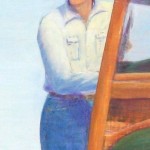
We wrote: When considering effects of perspective on the human body, the horizon line usually represents the furthest visible distance and is at the viewers eye level. An artist decides arbitrarily where to place the line and it is usually decided according to their own personal taste.
For more information click on photo to the right>>>>
BLOG POSTED SATURDAY~ Art Is My Job~Progressing Art Through Awareness. I wrote: ever since I retired two years ago I’ve made art my job, but it has always been a constant pleasure. It’s just no longer a hobby. I spend a lot of time visiting galleries, surfing the web, visiting artists web sights and blogs and, of course, writing my own blog. My goal is to help the progression of art through awareness.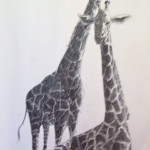
I discussed what I do to teach myself when I don’t know how to do something (as it pertains to art). Click on the photo to the right if you want to read more>>>>
If you would like to go directly to the Blog and scroll around to older posts, click on the picture at the right>>>
